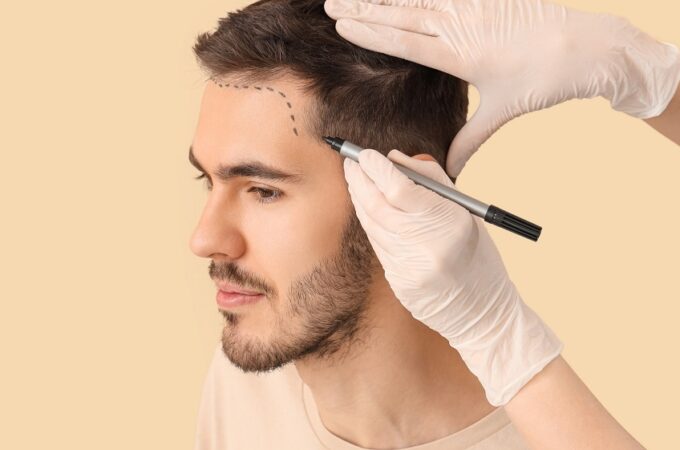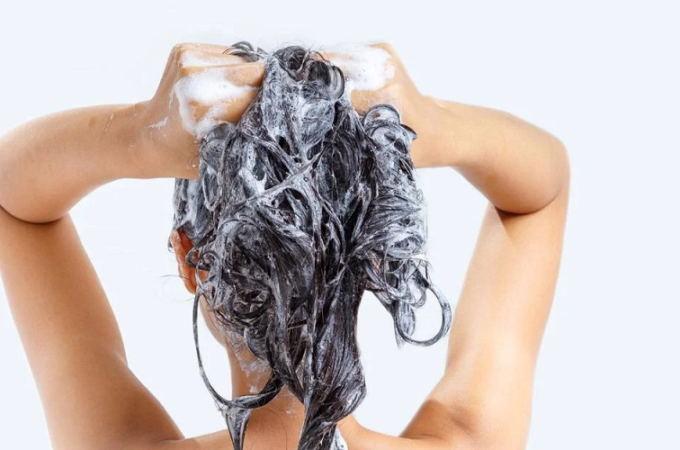
Ensuring Longevity: A Guide to Post-Hair Transplant Care
You’ve taken a big step towards restoring your hair by opting for a hair transplant. Now, you might be wondering what comes next. This article guides you through the journey that follows a hair transplant, from immediate post-op care and hair implant Turkey cost.
There are several hair transplant surgeries, including Follicular Unit Transplantation (FUT) and Follicular Unit Extraction (FUE), each with unique post-operative care requirements.
Undergoing hair transplant surgery is a significant milestone in your journey to restoring your hair.
Common Symptoms After Surgery
After your surgery, you may experience a variety of common post-operative symptoms. These can include mild to moderate discomfort in the treated area, redness, and swelling, especially around the forehead and eyes. This is all a normal part of the healing process as your body reacts to the surgery.
You might also feel a tight or pulling sensation on your scalp, particularly where the hair was transplanted. These feelings should decrease over the first few days post-surgery as the initial healing occurs. If the pain persists or worsens, you should contact your doctor immediately.
Temporary Hair Shedding
A phenomenon known as “shock loss,” or temporary hair shedding, is another typical post-operative experience. This involves the shedding of transplanted hairs and can occur anywhere from two to eight weeks after the surgery.
While this might be concerning, remember it’s a normal part of the process. The hair follicles are merely transitioning into a dormant stage, and although the hair shaft falls out, the follicle remains intact.
Your new hair will grow in this follicle in the next phase of the hair growth cycle, known as the anagen phase. It typically starts around three months post-surgery but can vary from person to person.
Understanding these immediate post-surgery experiences can help you set realistic expectations and avoid undue stress. Successful hair transplantation is a process, not an event, so patience is key during your recovery and regrowth.
Getting Through the First Week: Day-to-Day Healing
The first week after your hair transplant is crucial for healing. Follow your surgeon’s advice closely during this period. Keep your scalp clean, avoid touching the transplanted area, and remember to stay hydrated.
The Healing Process: Understanding the Hair Growth Cycle
Your transplanted hair follows a growth cycle, rest, and shedding, just like your natural hair. However, this cycle may be disrupted temporarily after your transplant, causing some initial hair shedding. Within a few months, you should start seeing your new hair grow.
Maintaining Your New Hair: The First Month
Taking care of your new hair in the first month is vital. Avoid harsh shampoos or conditioners; do not expose your scalp to direct sunlight. Handle your hair gently to prevent accidental pulling or tugging.
Certain activities can hinder the success of your transplant. For instance, avoid smoking and consuming alcohol, which can interfere with your recovery. Also, avoid strenuous activities that might cause excessive sweating and irritation on your scalp.
Promoting Healthy Hair Growth: Nutrition and Supplements
Diet plays a critical role in hair health. Consuming foods rich in vitamins, minerals, and proteins can promote healthy hair growth. Supplements such as Biotin, Iron, and Omega-3 fatty acids can also support your hair’s health.
Physical Activity: Exercise and Your Hair Transplant
While avoiding strenuous activities in the immediate aftermath of your surgery is important, light exercise can benefit your overall health and hair growth. Consult your doctor about when and how to reintroduce exercise into your routine safely.
Routine Hair Care Tips
As before the surgery, you’ll want to maintain a regular hair care routine. This includes washing and conditioning your hair. However, you may need to adapt this routine slightly to suit your new hair better.
Washing Your Hair: When it comes to shampooing, opt for gentle, sulfate-free shampoos. These products are less harsh and won’t strip your hair of essential oils. Washing your hair every other day is usually enough, but this can depend on your hair type and personal preference.
Conditioning Your Hair: Conditioning after every wash is crucial as it helps hydrate your hair, keeping it soft and preventing dryness and breakage. Look for conditioners with natural moisturizing ingredients like argan oil or shea butter.
Styling Your Hair: When styling, be gentle to avoid damaging your new hair. Avoid tight hairstyles that may pull and stress the hair follicles. When using heat styling tools, always use a heat protectant to minimize damage.
How Much Does A Full Hair Transplant Cost In Turkey?
The cost of hair transplant procedures in Turkey can vary widely depending on a variety of factors, including the extent of the hair loss, the type of procedure (FUE, FUT, etc.), the reputation and experience of the clinic and surgeon, and whether or not other services (like accommodation or transfers) are included in the package.
Generally, prices range from $1,500 to $4,000. However, it’s important to note that the best hair transplant in Turkey price are significantly higher or lower depending on each case’s specifics and the clinic’s pricing policy.
Taking care of your new hair post-transplant might seem daunting, but with the right knowledge and practices, you can ensure the longevity of your results.
Every hair transplant journey is unique, so be patient with your progress and look forward to the future of your restored hair. You’ve made a significant investment in your appearance and self-confidence, and with the right care, the results will last for years to come.



